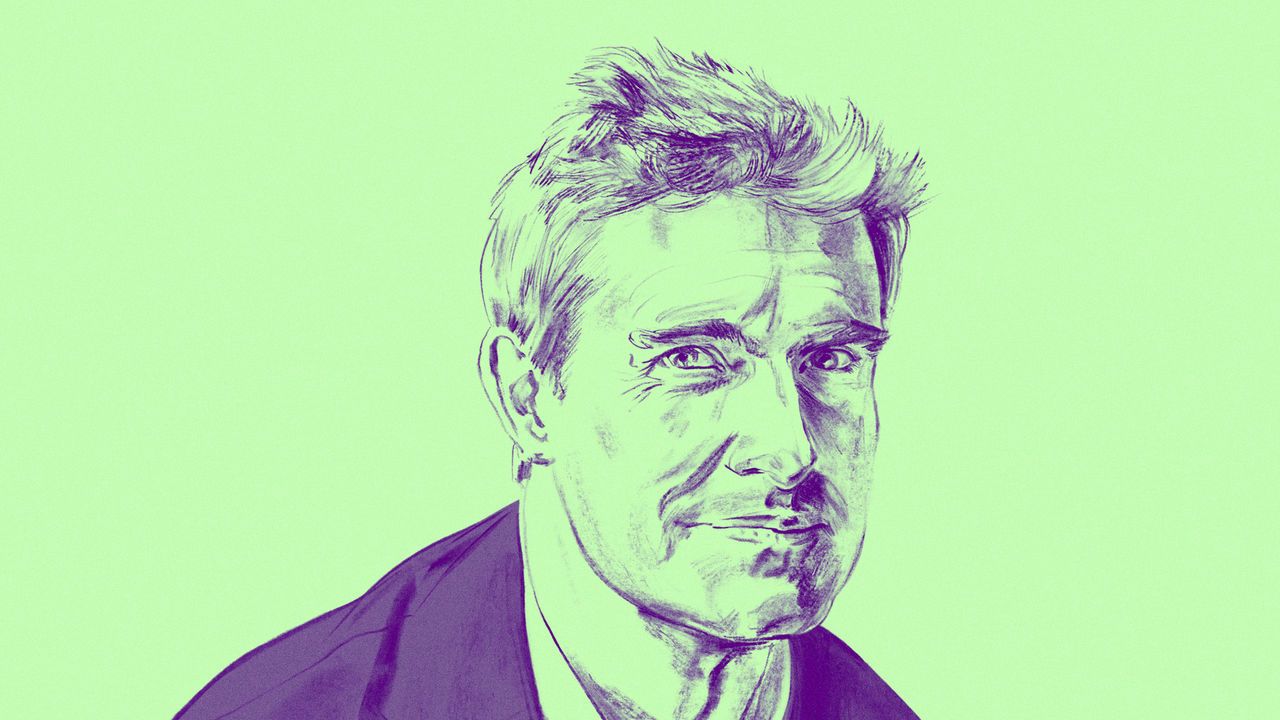Tristram Hunt explains why museums are turning themselves inside out
Opening up museums’ storehouses can improve transparency and accountability, says the director of the V&A

By Tristram Hunt, director, V&A
“But where have you hidden all the other stuff?” This is the perennial question for museum directors, as we are accused of secretly stockpiling vast, unseen treasure troves. The truth is, in our hunger for audiences, we always want to put the best material on display, and as much of it as possible. Yet today’s visitors rightly demand ever more transparency and accountability around historic collections.
The coming year will see the latest example in a new era of access to public holdings with the opening of V&A East Storehouse in the Queen Elizabeth II Olympic Park in London. As “encyclopedic” museums in the global north wrestle with questions around the provenance and restitution of contested heritage, part of the response must be to reveal museums’ hidden secrets and put everything on show.
From the Powerhouse Parramatta in Sydney, to Louvre Lens in the former coalfields of northern France, to the Boijmans in Rotterdam, museums around the world are opening up their back-of-house storage and expertise to engage new audiences and retain public trust. Like the chef’s table in a smart restaurant, the inside-out museum is a growing trend, offering immediacy in access to objects and an immersive visitor experience.
When Prince Albert first conceived the Victoria & Albert Museum in the aftermath of the Great Exhibition of 1851, he hoped for “a great treasury or storehouse of art”. With all the design flair and range of collections for which the V&A is famous, the V&A East Storehouse, opening in May 2025, offers a truly radical degree of public access. Liz Diller—a brilliant architect based in New York who oversaw the Manhattan High Line, the Broad Museum in Los Angeles and a remarkable range of gallery exhibitions—has transformed what was once a vast, empty shed (originally built as the media centre for the 2012 London Olympics) into a sublime collections hall and self-guided public experience, allowing deep exploration of the hidden workings of a 21st-century museum.
With free admission, and floor after floor of open racking, visitors will be able to see every part of the V&A collection—from couture fashion to Iznik tiles to Regency mirrors to Memphis pottery—for themselves. There are historic rooms (such as the smoulderingly cool, plywood Kauffman office, designed by Frank Lloyd Wright), galleries for tapestries and stage sets, and the David Bowie Centre, encompassing the rock star’s archive, costumes and personal effects. A programme called “Order an Object” will let visitors access specific objects by booking an appointment online to see any artefact held at the Storehouse, at a time of their choosing.
In co-operation with youth and community groups, the Storehouse also promises scholarly transparency around the origins and ownership of objects—not least because many of these items have a highly charged past. The Agra Colonnade, for example, is an exquisite example of Moghul design, ripped from the Red Fort in the early 19th century and brought to Britain for display. To ensure that the V&A has legitimacy, particularly with younger generations, it is essential that this colonial history and its legacies today are not ignored. This is not “decolonisation”, but a strong, institutional determination to surface, interpret and disseminate difficult histories.
But we know that won’t be enough. As museums bring more objects to light in open storage spaces, the coming year will also see further demands for the restitution of cultural artefacts from institutions in the global north. Many British national museums—such as the V&A and British Museum—remain hidebound by laws preventing the “de-accessioning” of material looted during the imperial past. But university and local-authority museums have been involved in returns to indigenous communities in Africa, Australia and North America. In Europe, Germany and the Netherlands (with a well-resourced Colonial Collections Committee) have led the way.
Amid all the controversies, what is so rewarding, from a museum director’s perspective, is the continuing power of the object itself. For all the hype around digital immersion, AI and Google glasses, people want to see real things for themselves, not on screens, and want to see looted artefacts sent back home. What we hope to show at V&A East Storehouse is that material culture has lost none of its allure. And we welcome the public challenges that come with putting all the hidden stuff on show. ■
Explore more
This article appeared in the Culture section of the print edition of The World Ahead 2025 under the headline “Why museums are turning themselves inside out”



The World Ahead 2025
Ten business trends for 2025, and forecasts for 15 industries
A global round-up from The Economist Intelligence Unit








